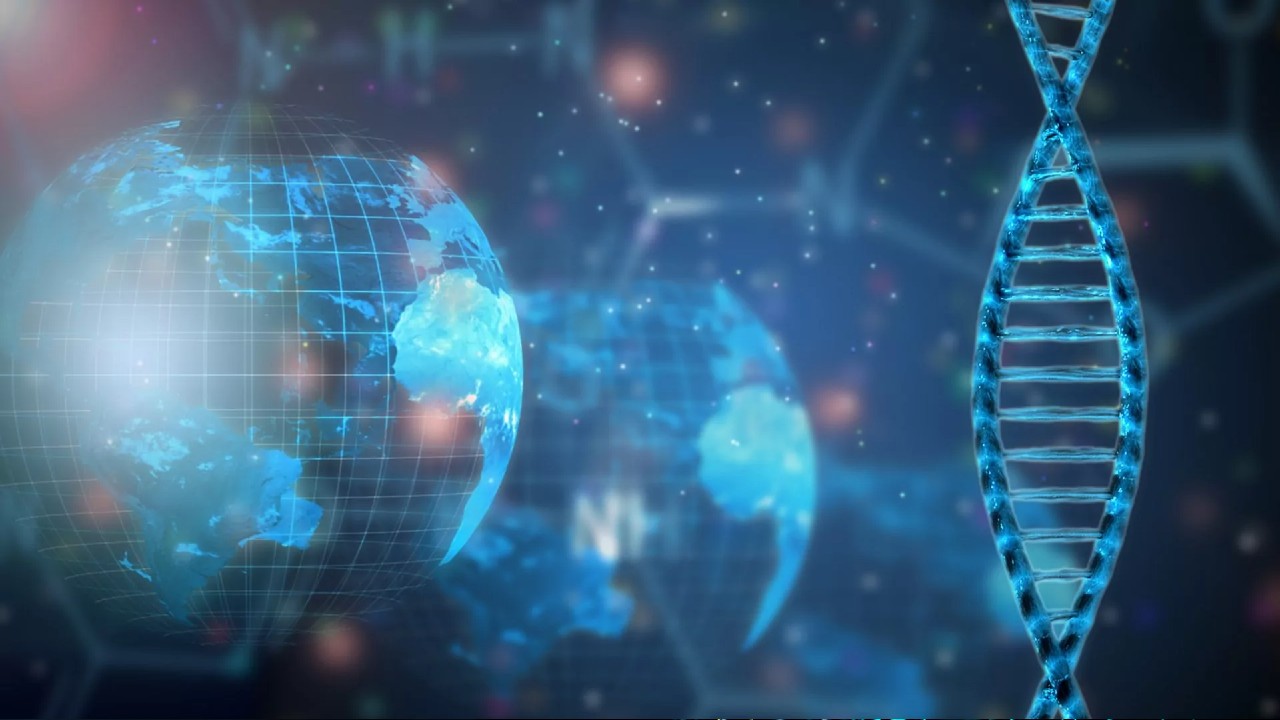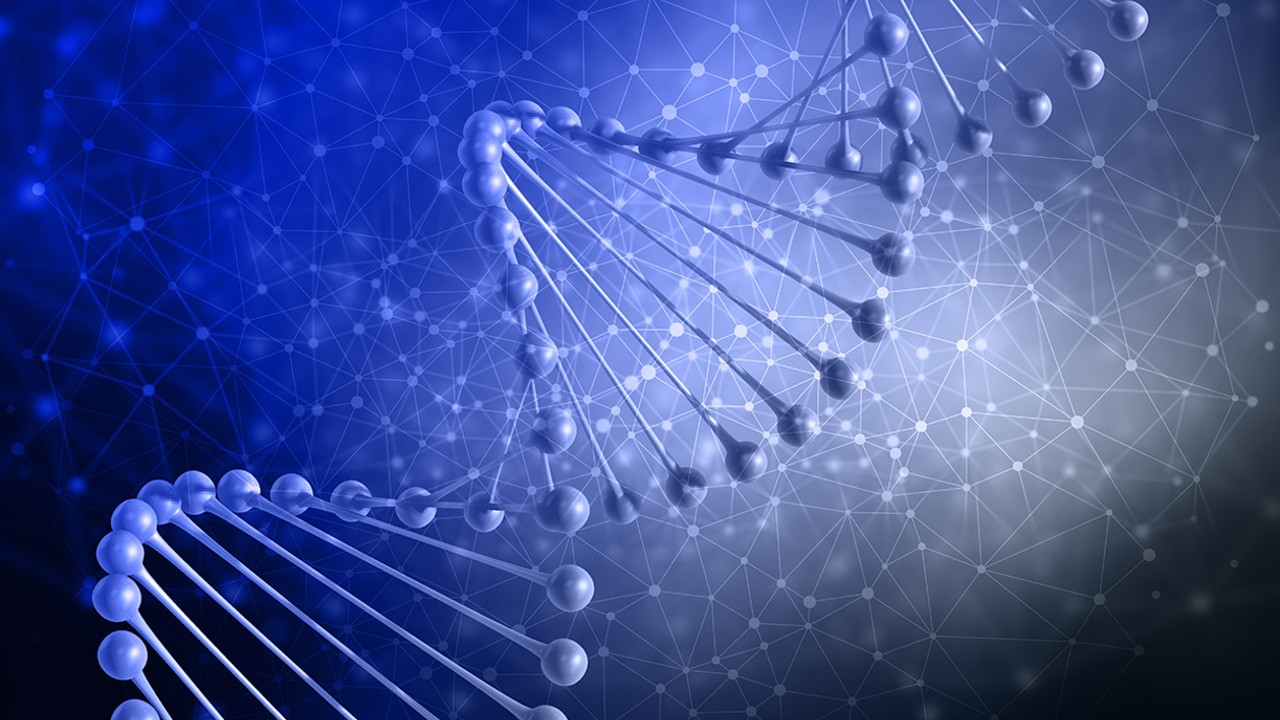Bigger data is produced every day than we can imagine. Scientists, who argue that the area where this data will be stored will be insufficient after a while, is looking for alternative ways to store the data.
In the last few years, humanity has produced more than the sum of all the data collected throughout history. data and it looks like it will continue to grow exponentially. Of course, when this is the case, one question comes to everyone’s mind at some point: So much information where will we hide?
Although scientists are constantly increasing the size of hard disks to store human data, and some even believe that this can be done forever, besides our superior data generation speed, these efforts insufficient There are some who believe it will stay. In response to this concern, scientists are now ‘matchless’ trying to come up with a solution: files, photos and documents in nature’s unique database, namely storing in DNA.
Just one gram of DNA is enough to store a few petabytes of information.
The study, published last month in the scientific journal Nano Letters, illustrates the concept of DNA data storage. to big sizes has the potential to carry In fact, if you look at it, the team behind the study has designed the DNA alphabet, which could enable massive storage capacities and contain extremely extreme digital data. artificially expanding It has the distinction of being the first team.
The double helix strands in DNA, which are large and dense enough to contain an unbelievable amount of data in hyper-small spaces, despite being tucked inside the cell nucleus, which is only 10 micrometers wide, allow our body to store all its data and to use the abundant DNA in nature. super tough conditions In fact, DNA is perfect for the protection of information. It means there is a memory. Speaking on this topic, researcher Kasra Tabatabaei from the Beckman Institute of Advanced Sciences and Technology, co-author of the study, said: “A few petabytes of data are produced on the Internet every day. To store this data, we only one gram of DNA will suffice. DNA is that dense as a storage medium.” saves as.
DNA encodes the genetic information of all living things using only four ‘letters’

So, from a biological perspective, how does DNA data collection work? Namely, DNA contains genetic information called nucleotides, adenine (A), guanine (G), cytosine (S) and thymine (T). four different molecules by coding. In a way, it can be said that DNA is a 4-letter alphabet consisting of letters representing these four molecules, and different letter combinations represent different bits of data. That means nature, using only these four letters genetic information of all living things is coding. Technically speaking, that means we should be able to store a ton of digital data through the letters in DNA.
Well, what if this alphabet is not four? more What if it was made up of letters? If this happens, the data storage capacity is too high, much bigger It would be fair to say that this is exactly what the work team is trying to do.
Explaining this situation based on the alphabet we use to write, Tabatabei stated that if we only had 4 letters, the number of words we could produce would be very limited. “If the whole alphabet is unlimited You can generate a combination of words. in DNA too same thing. Instead of converting zeros and ones to A, G, C, and T, we can convert zeros and ones to A, G, C, T and seven new letters in the storage alphabet.” uses expressions.
The team also developed a mechanism for detecting and returning data encoded by DNA.

In addition, researchers can use these 11-letter coded information on demand. to be transferred back A new technique that fully reads back the data of synthetic DNA mechanism they also developed. Deep learning algorithms and techniques to distinguish between man-made DNA letters and natural ones, and to distinguish everything from each other, of the mechanism that allows DNA’s letter combinations to be read extremely clearly. artificial intelligence reportedly used.
Chao Pan, a graduate student at the University of Illinois Urbana-Champaign, co-author of the study, said:We tried 77 different combinations of 11 nucleotides and our method used each perfect somehow he was able to distinguish says and “The deep learning framework that is part of how we identify different nucleotides it is universalwhich ensures the generalizability of our approach to many other applications.” he adds.
RELATED NEWS
35 Year Murder Solved With Smallest DNA Sample Ever
Source :
https://www.cnet.com/news/dna-gets-artificial-upgrade-to-store-humanitys-boundless-digital-data/
